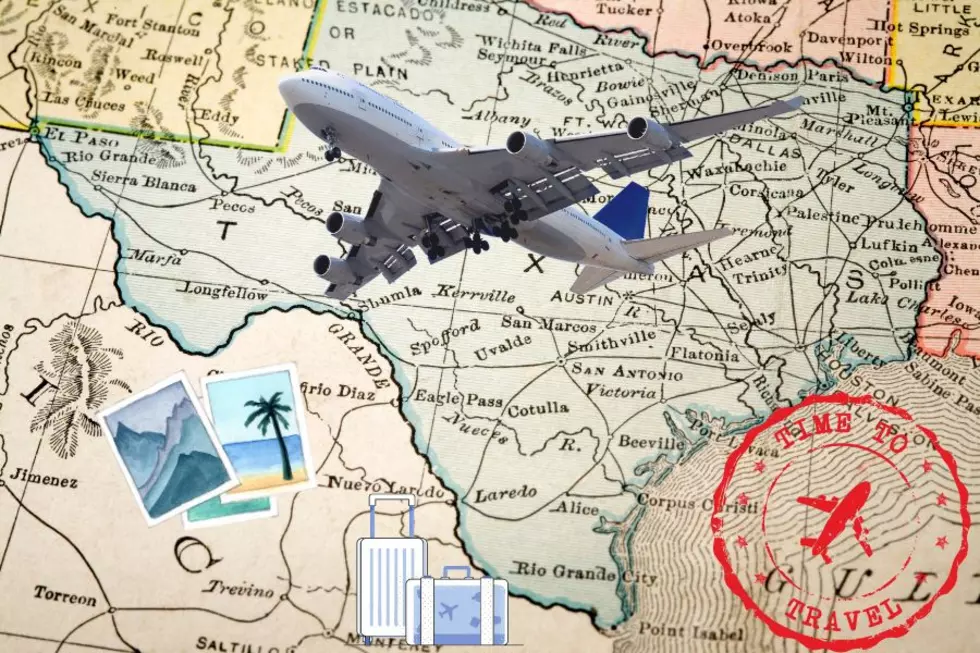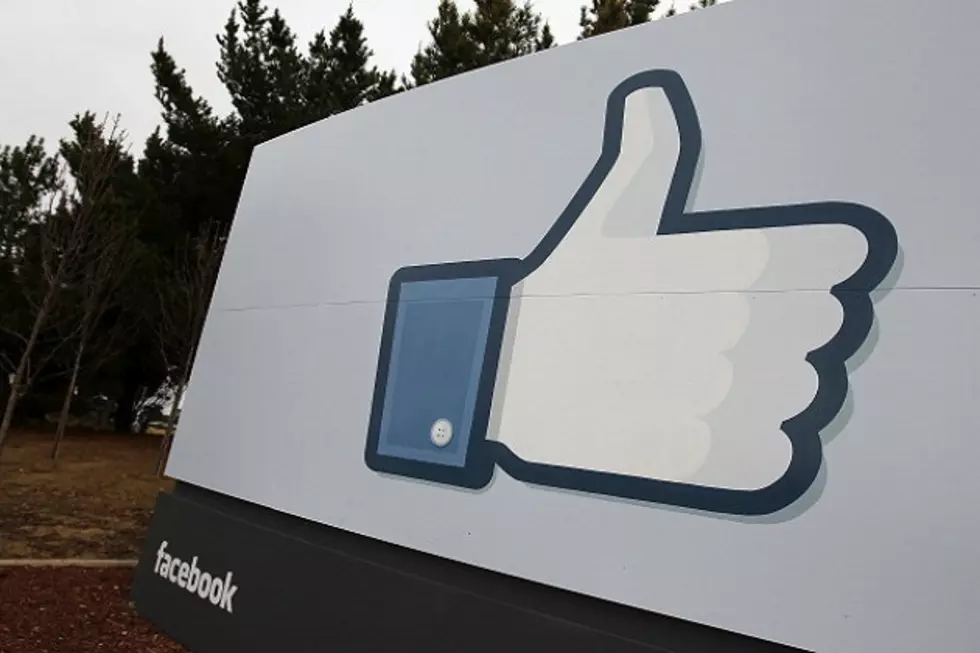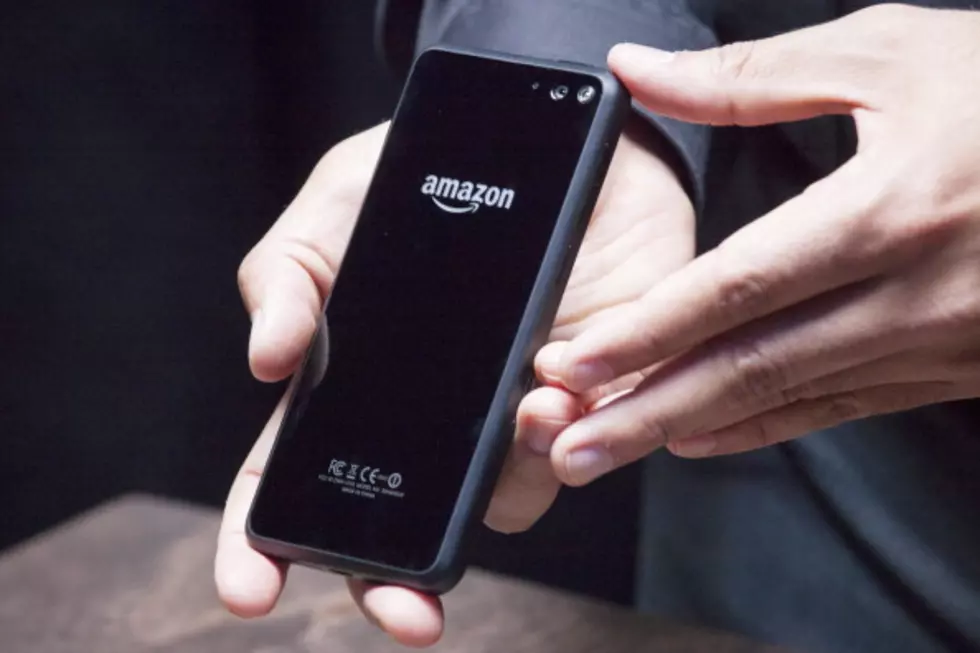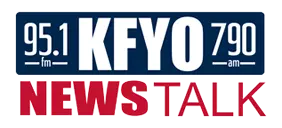Driverless Cars Soon Hitting the Road – The Geek Girl Report
What would be the best way to protect drivers on the road? Well, according to some, the best way would be to take drivers out of the equation altogether with driverless cars. These cars drive themselves, and don't get distracted with things like phone calls and texts. And if the technology become available on the consumer level, it could change the way we all get around.
Here's how it would work. First, the passengers get in the car and select their destination. Then the car, using Google Maps, finds the location while a passenger manually maps out the route, and way they go. To put it in really simple terms, it's like a super-powered version of a GPS. But it's a lot more than that. The folks at Slashgear give us a good idea of just how these cars would operate on the road:
The laser mounted on top of the spoiler is probably the most crucial element for its close-range operation: it creates a three-dimensional image of everything in the immediate area of about 50 feet. The laser compares the immediate surroundings of the car to the measurements taken by the previous manual run, paying special attention to moving objects and taking extra input from a wheel encoder. This allows for much more precise movement than GPS alone, keeping the car on a route accurate to a few centimeters when compared with the previously gathered data.
The laser can differentiate between other cars, pedestrians, cyclists, and small and large stationary objects, and it doesn’t need light to be able to function. The radar arrays keep an eye any fast-moving objects from farther out than the laser can detect. The front-mounted camera handles all traffic controls, observing road signs and stop lights for the same information that a human driver uses. Google’s computers combine data from the laser and the camera to create a rudimentary 3D model of the immediate area, noting for example the color of an active traffic light.
Last week, Nevada became the first state to grant a license for a driverless car, with Google being the first recipient. Prior to being awarded the license, the car was tested on the highways and was reportedly deemed "just as safe, if not safer," than a human driver. However, the so-called "driverless car" isn't riding solo just yet: the state of Nevada requires that two people still be in the car, with one person in the drivers seat.
So what would our roads look like if they were filled with driverless cars? There's a lot of possibilities for these vehicles, provided you're willing to trust your safety to a machine. Think about it: cars that can drive themselves can get the older kids to school safely, they can get people home from bars without worries of drunk driving, they can even pick you up from work or the airport of wherever you may be without having to bum a ride from your friends or having to call a taxi. (this could be bad news for the taxi industry, though...) It will be very interesting to see how this technology develops. The day where cars drive with no drivers could be coming sooner than we think.
More From News/Talk 95.1 & 790 KFYO







![The Geek Girl Report: Sci-fi, Shooters, Space Adventures And…Squids? A Look Back At E3 2014 [Part 1]](http://townsquare.media/site/192/files/2014/06/450394550.jpg?w=980&q=75)

